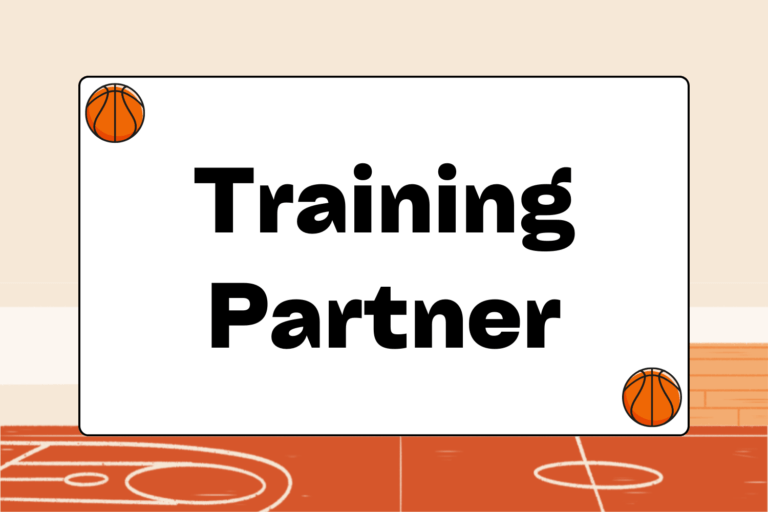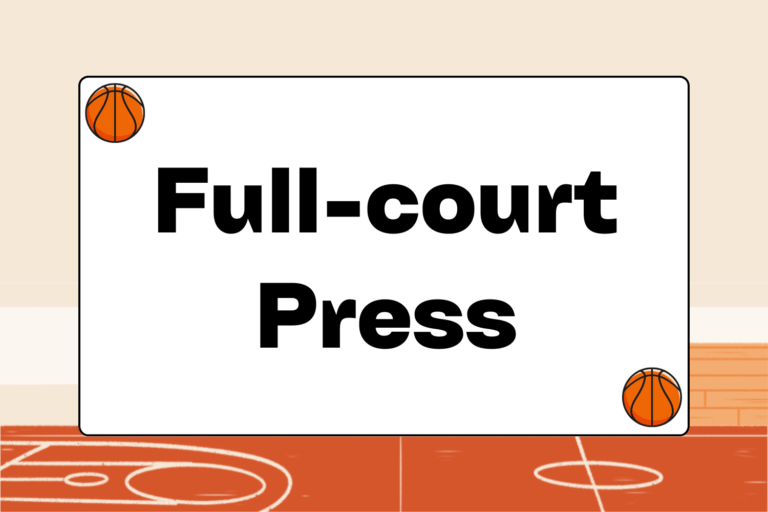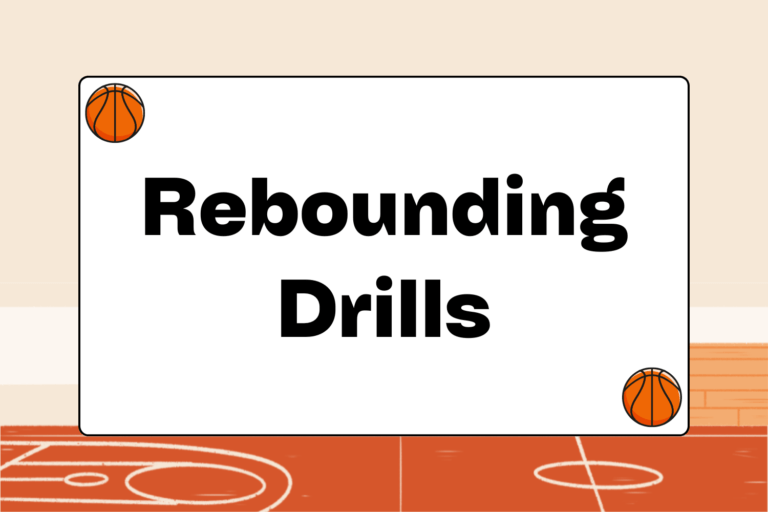Another basketball season means another round of tryouts, and tired legs don’t make for much success. It’s usually obvious right from the start which players on a team have prepared for the season and which players have not. Being in good shape is a critical part of performance on the court. Use these simple methods to get ready for the season and you’ll be good to go!
Getting in Shape
Lots of teams have what’s called a “hell week” at the beginning of a season. Depending on your level of physical fitness, this week can be either heaven or hell for a player. It takes about two months to physically prepare oneself for a season, and more work should be done than just running or weight training. Both are indeed vital for being able to take the grind of the season and then still have gas left in the tank for a playoff run. However, there are a few other training methods a player should follow to have a good season.
Agility Ladders
Improving footwork is an underrated way to improve as a player. So much of what basketball players do on the court relies on having quick feet and proper footwork. Yet, this aspect of physical conditioning gets ignored by many coaches.
A great way to improve footwork is to lay down a training or agility ladder and go through a few routines repetitively. Ladders can be purchased for a reasonable price (around 30 or 40 dollars). Here are examples of a few useful ladder routines:
- One-foot run through: Simply run through the ladder, one foot per square. Knees should be high on each step and heels should not touch the ground.
- Two feet run through: Run through, touching both feet in each square, leading with the same foot every time.
- Cross-country skier: Standing at one end, with hips facing the side of the ladder, feet alternate “gliding” forward one foot at a time, landing centered in the square and then gliding back outside the ladder. One foot per square. Simultaneously, hips should be moving along the ladder, staying parallel to the side. Toes and chest should be pointing forward for the whole time. Feet should never cross.
- The typewriter: Similar to the cross-country skier, stand on the side of the ladder, hips facing the side. Right foot in, left foot in, right foot out, left foot out, all the way down the side of the ladder, while keeping the hips parallel to the ladder’s side. The emphasis should be on keeping your heels off the ground and planting the foot firmly in the middle of the ladder square.
These are just a few of many possible ladder drills that can be used to condition one’s feet to be quicker. When first starting ladder training, the focus should be on correct technique, rather than going through the routine at maximum speed.
Another excellent way to improve footwork and lower body coordination is with a jump rope. Jump ropes are inexpensive and they don’t take up much space. Dedicating 20 minutes per day to a jump rope routine can quickly improve a player’s footwork and foot speed.
Stamina & Endurance
Footwork is important, but so are a few other areas of conditioning. Having the stamina to play an entire game and make it through all those grueling practices is crucial. Stamina is mostly built through distance running and cardio work. Doing something as simple as running five or six miles per week for the two months prior to the season should be pretty adequate in achieving the stamina you need.
Start off by doing a mile at a time, maybe three or four times per week. Once this distance becomes easy, try stepping up to two miles at a time. Do this at least two months prior to the season to make sure you’re in satisfactory shape.
Strength Training
Weightlifting can help a player improve his overall strength, but heavy lifting is not recommended for players who have yet to fully mature physically. Players who lift weights should do so in order to get toned, rather than to try to get huge muscles. Young players’ bodies are growing at such a rapid rate that weightlifting can be damaging to the muscle structure.
Core-strengthening exercises are highly recommended, since so many of the actions on the basketball court rely on core strength. Here are some helpful exercises:
- Crunches: Lie down flat on the floor with your knees bent and your hands either behind your head or crossed on top of your chest. First, take a few deep breaths. Then, contracting your abdominal muscles, lift your head and shoulders up, bringing your chest towards your raised thighs. Lower your head and shoulders back slowly to the floor. Repeat 10 to 15 times.
- Plank: This exercise works all of the core muscles, including your upper and lower body. Lie down flat, facing the floor. With your elbows bent, place your forearms and palms flat on the floor and lift your whole body off the floor so that you are resting only your forearms and toes. Maintain this position, tightening your core muscles, for about 30 seconds.
The goal of weight training is foremost to improve core strength and tone the muscles most vital to a basketball player. You need to be lean enough to retain your flexibility and agility, which are both key components to having success on the field.
Mental Edge
Building team chemistry is not something that should start in-season. Training with teammates in the offseason is a great way to improve overall team chemistry. Players training together and seeing results will have a better appreciation for how hard their teammates are working, and you’ll push each other to work harder!
Mental Preparation
Being mentally prepared for a long and tiring season plays a big part in a player’s success. Before the season, players should set goals for themselves. Setting expectations high is not a bad thing, but a player should never let the personal goals come before the goals of the team. Remember not to get selfish with the personal goals, as this can get in the way of team success, which is the ultimate goal for any basketball player.
Write these goals down and refer back to them throughout the course of the season. This will help you maintain focus. Try writing down three goals for yourself and three for the team. Here is an example:
Worth the Effort
Preparing yourself for the rigors of a long and grinding basketball season takes hard work. The extra effort will be worth it, though, when you’re in the best shape of your life and have strong bonds with teammates. Get as many teammates out as you can to work with you during the dog days of summer and those brisk fall mornings, and your team will be on its way to a great season!





